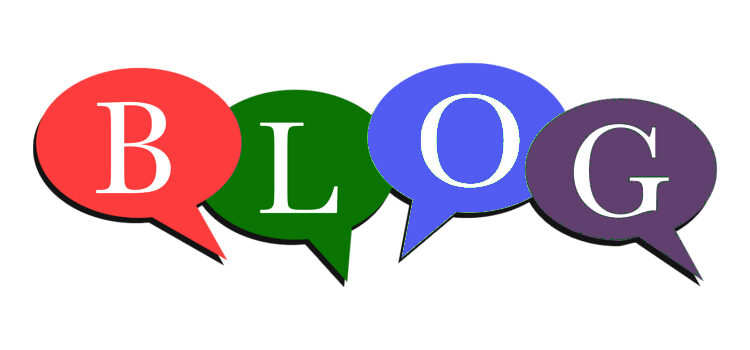
Are you going stir-crazy with Shelter in Place? Do you live alone with your multitude of thoughts and feelings? Is there someone else or several that make close quarters an additional challenge?
I’ve overheard comments like these:
“I don’t know who to believe with these health recommendations?”
“Well, if you just stay home and don’t listen to all the news broadcasts, it’s a calculated risk.”
“I think everyone is overreacting. We will be out of this dilemma in no time.”
So, what does the Enneagram Harmonics have to do with this?
Much like the well-known Love Languages, we tend to respond, or more like react, to others and our own selves with our habitual pattern of dealing with stress or conflict. It’s what we personally have as a pattern (because it works for us), so we make the assumption that others will appreciate that same pattern. And even if they do, and even if we are just ruminating within ourselves, there is a disservice in not balancing out with the other possible response patterns.
This creates further stress or conflict as it may not be appreciated, and it also may not get us any further in our own process.
Enter the Harmonics with three different ways of coping. And there are three different Enneagram types that gravitate toward each of the three Harmonic patterns. Types Nine, Two, and Seven comprise the Positive Outlook Group. Their first response is to reframe the situation in order to not feel the conflict or problem. Their tendency is to minimize the potential problem; however, we do need hopeful possibilities. Types Three, Five, and One make up the Competency Group. Their approach is to respond with logic, efficiency, and problem-solving in order to deal with what is happening. They prefer as little emotional stickiness as possible. We all do benefit, though, from rational perspectives. Finally, Types Six, Eight, and Four are the types in the Emotional Realist group. They need to express themselves in order to feel understood and may appear overly-emotional at times. They are not afraid to address the topics and fears that the other two groups may not.
For a variety of reasons, there are possible pitfalls and benefits in all of these responses; however, for the purposes of understanding harmony and connection (even within your own mind), it is important to “catch yourself in the act” (as Riso and Hudson would say) and notice how you are responding. The recommendation for balance is to introduce and incorporate the other strategies besides your own. If you are a Positive Outlook type, it is helpful to add Competence and Emotional Realism, etc.
At the very least, it is helpful to increase our awareness about how something very real in our midst is being experienced. This is a perfect opportunity to be intentional and increase our skills for smoother communication and harmony.
© Connie Frecker 2020
